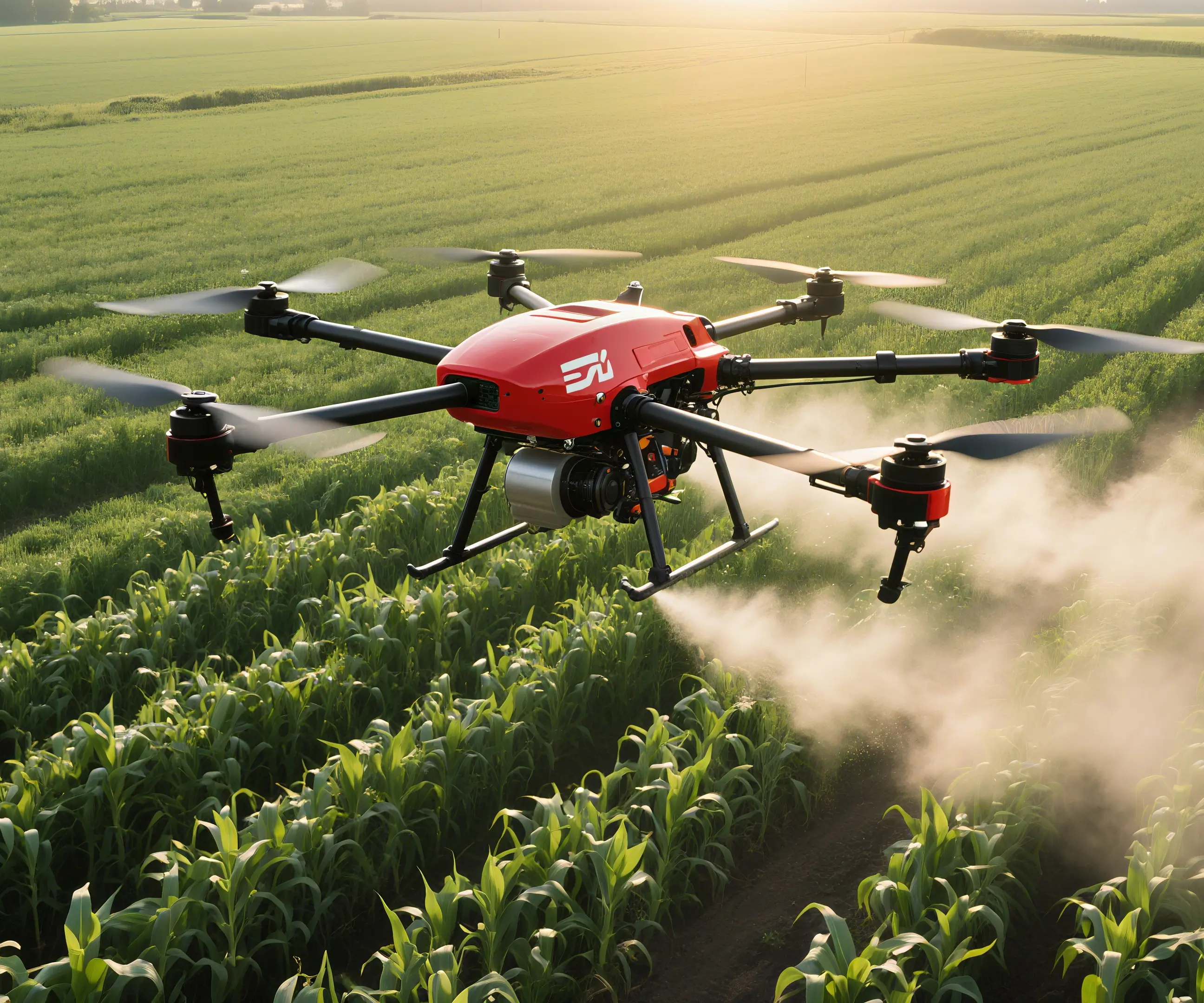Mastering Robotic Arm Design: A Comprehensive Guide to Servo Motor Integration
Imagine a world where robots perform delicate surgery, assemble intricate electronics, or execute repetitive tasks with human-like dexterity. The backbone of many such advanced applications is the robotic arm—a marvel of engineering that marries mechanical precision with electronic control. At the heart of this synergy lie servo motors, the powerful yet precise actuators that enable robotic arms to mimic human gestures, achieve high accuracy, and adapt dynamically to various tasks.

Understanding the Significance of Servo Motors in Robotics
Servo motors are specialized motors designed for precise control of angular or linear position, velocity, and acceleration. Unlike regular motors that spin continuously, servo motors incorporate feedback mechanisms—most commonly encoders—that constantly monitor their position and adjust their movement to match the input commands. This continuous feedback loop allows for fine-tuned control, making servo motors ideal for robotic applications where accuracy and repeatability are essential.
In robotic arms, servo motors serve as the "muscles," driving each joint and segment to achieve desired configurations. Whether it's a six-degree-of-freedom robotic manipulator or a simple single-axis system, selecting and integrating the right servo motor impacts the overall performance, reliability, and versatility of the robotic system.
Key Parameters in Servo Motor Selection
Designing a robotic arm begins with understanding the specifications and capabilities of servo motors. Here are some fundamental parameters to consider:
Torque: The rotational force produced by the servo. It's vital for lifting payloads and overcoming resistance in movement. For instance, a robotic arm intended for heavy lifting requires high-torque servos, while delicate manipulation demands lower torque but higher precision.
Speed: The rotational speed determines how fast the joint moves to the target position. A balance must be struck; rapid movements are desirable, but they should not compromise accuracy or cause mechanical stress.
Accuracy and Resolution: Determines how precisely the servo can position itself, typically measured in degrees or finer units like microsteps. High-resolution servos enable smoother, more accurate motions.
Size and Weight: Especially important for compact or lightweight robotic arms, where excess weight can influence the design and act as a load to be managed by the motors.
Power Consumption: Efficiency contributes to longer operational times, especially in battery-powered systems.
Compatibility with Control Systems: Ensuring the servo motor can interface seamlessly with microcontrollers, PLCs, or other control units.
Types of Servo Motors for Robotic Arms
Servo motors come in various types, each suitable for specific applications:
AC Servo Motors: Known for high power and efficiency, suitable for large, industrial robotic arms. They often require complex controllers but deliver robust performance.
DC Servo Motors: Simpler and more cost-effective, these are suitable for small to medium applications. They are often paired with encoders for feedback.
Brushless DC (BLDC) Motors: Offer high reliability, efficiency, and low maintenance, making them popular in advanced robotics.
Coreless Servo Motors: Recognized for their lightweight and fast response, ideal in compact robotic systems requiring quick movements.
Design Considerations for Integrating Servo Motors
Successfully integrating servo motors into a robotic arm involves addressing mechanical, electronic, and software aspects:
Mechanical Compatibility: The motor must fit the joint mechanism—consider mounting options, shaft dimensions, and gearboxes.
Gearbox and Transmission: Using gears (spur, planetary, harmonic) reduces motor speed to achieve higher torque and fine positional control. Gear ratio selection influences both torque and speed.
Control Electronics: Drivers or controllers must support the selected servo type, providing appropriate PWM signals, current regulation, and feedback processing.
Feedback Devices: Encoders or resolvers provide position and speed data. Choosing high-resolution feedback enhances precision.
Power Supply: Ensure the power source can supply the required voltage and current without fluctuations, which could affect performance.
Software Control: Implementing algorithms such as PID control, feedforward, and adaptive controllers improves responsiveness and stability.
In Summary
Delving into the design of robotic arms centered around servo motors highlights the importance of understanding both the mechanical and electronic facets of these systems. Accurate selection of servo parameters directly correlates with the arm’s ability to perform complex tasks with finesse and reliability. From planetary gearboxes that multiply torque to high-resolution encoders that refine accuracy, each component plays a crucial role.
In the next part, we will explore practical design strategies, safety considerations, and future trends in robotic arm engineering, helping you craft systems that are not only functional but also adaptable to ever-evolving technological landscapes.
Leveraging innovations in modular drive technology, Kpower integrates high-performance motors, precision reducers, and multi-protocol control systems to provide efficient and customized smart drive system solutions.




































